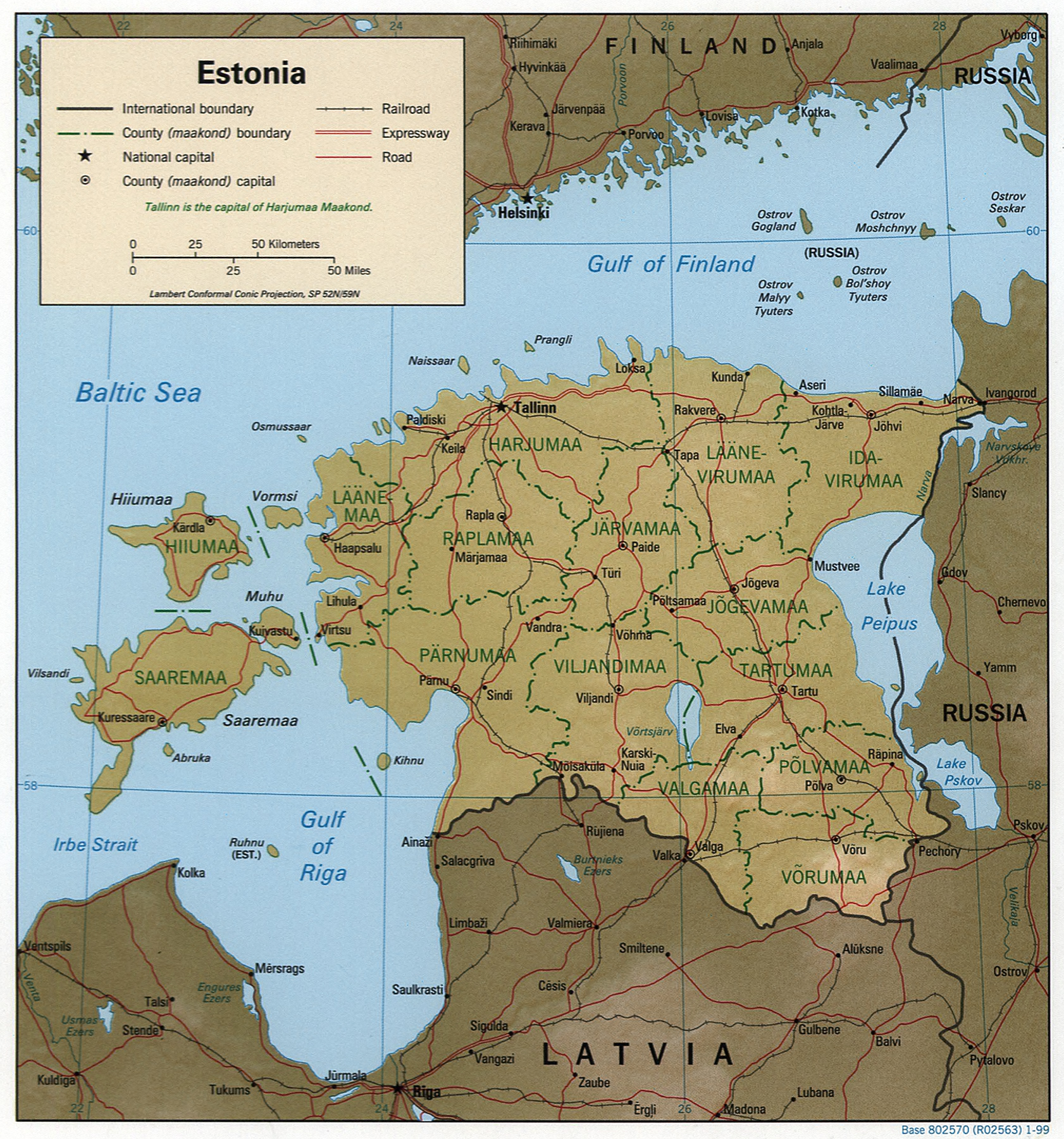|
Lõunakeskus
Lõunakeskus ('Southern Center') is a shopping and entertainment complex in Tartu, Estonia. It is the biggest shopping center in South Estonia. More than 170 shops and service providers operate in Lõunakeskus. The area of the center is 90,300 square meters, the center is visited annually by more than 5 million people. The owner of the center is Astri Group. The center was opened in 2001. The center consists of eg a year-round ice arena (see #Astri Arena), Apollo Cinema, Sophia Hotel, adventure park. Astri Arena Astri Arena (also Lõunakeskus Ice Hall) is an ice arena, which capacity is 600. The arena is the home arena for the ice hockey club Tartu Kalev-Välk Tartu Välk 494 is a professional ice hockey team located in Tartu, Estonia, and playing in the Coolbet Hokiliiga, the top tier of ice hockey in Estonia. They play home games at the Lõunakeskus Ice Hall. History Tartu Välk 494 was founded .... References External links * 2001 establishments i ... [...More Info...] [...Related Items...] OR: [Wikipedia] [Google] [Baidu] |
Tartu Kalev-Välk
Tartu Välk 494 is a professional ice hockey team located in Tartu, Estonia, and playing in the Coolbet Hokiliiga, the top tier of ice hockey in Estonia. They play home games at the Lõunakeskus Ice Hall. History Tartu Välk 494 was founded in April 1994, and the team won their first Meistriliiga Championship in 1997. Since then, team have gone on to win the league a further 14 times, with the most recent victory coming in 2025. In addition, they have twice won the now-defunct Estonian Cup, in 1997 and 1998. By performing well in the Meistriliiga, Välk 494 have subsequently represented Estonia in continental competition on several occasions, initially during the 1997–98 IIHF Continental Cup where they finished 3rd in the group, after suffering losses to Latvian side Juniors Riga and the Ukrainian Sokil Kyiv, but they did manage a victory over Romanian outfit SC Miercurea Ciuc. They played in the Continental Cup the following year, finishing 2nd in their group having ... [...More Info...] [...Related Items...] OR: [Wikipedia] [Google] [Baidu] |
Tartu
Tartu is the second largest city in Estonia after Tallinn. Tartu has a population of 97,759 (as of 2024). It is southeast of Tallinn and 245 kilometres (152 miles) northeast of Riga, Latvia. Tartu lies on the Emajõgi river, which connects the two largest lakes in Estonia, Lake Võrtsjärv and Lake Peipus. From the 13th century until the end of the 19th century, Tartu was known in most of the world by variants of its historical name Dorpat. Tartu, the largest urban centre of southern Estonia, is often considered the "intellectual capital city" of the country, especially as it is home to the nation's oldest and most renowned university, the University of Tartu (founded in 1632). Tartu also houses the Supreme Court of Estonia, the Ministry of Education and Research (Estonia), Ministry of Education and Research, the Estonian National Museum, and the oldest Estonian-language theatre, Vanemuine. It is also the birthplace of the Estonian Song Festivals. Tartu was designated as the E ... [...More Info...] [...Related Items...] OR: [Wikipedia] [Google] [Baidu] |
Estonia
Estonia, officially the Republic of Estonia, is a country in Northern Europe. It is bordered to the north by the Gulf of Finland across from Finland, to the west by the Baltic Sea across from Sweden, to the south by Latvia, and to the east by Russia. The territory of Estonia consists of the mainland, the larger islands of Saaremaa and Hiiumaa, and over 2,300 other islands and islets on the east coast of the Baltic Sea. Its capital Tallinn and Tartu are the two largest List of cities and towns in Estonia, urban areas. The Estonian language is the official language and the first language of the Estonians, majority of its population of nearly 1.4 million. Estonia is one of the least populous members of the European Union and NATO. Present-day Estonia has been inhabited since at least 9,000 BC. The Ancient Estonia#Early Middle Ages, medieval indigenous population of Estonia was one of the last pagan civilisations in Europe to adopt Christianity following the Northern Crusades in the ... [...More Info...] [...Related Items...] OR: [Wikipedia] [Google] [Baidu] |
South Estonia
Between 57.3 and 59.5 latitude and 21.5 and 28.1 longitude, Estonia lies on the eastern coast of the Baltic Sea on the level northwestern part of the rising East European Platform. Estonia's continental mainland is bordered to the north by the Gulf of Finland (part of the Baltic Sea) across from Finland, to the east by Lake Peipus and Russia, and to the south by Latvia. Besides the part of the European continent, Estonian territory also includes the larger islands of Saaremaa and Hiiumaa, and over 2,200 other islands and islets in the Baltic Sea, off the western and northern shores of the country's mainland. Average elevation in Estonia reaches . The climate is maritime, wet, with moderate winters and cool summers. Oil shale and limestone deposits, along with forests which cover 47% of the land, play key economic roles in this generally resource-poor country. Estonia boasts over 1,500 lakes, numerous bogs, and 3,794 kilometers of coastline marked by numerous bays, straits, and ... [...More Info...] [...Related Items...] OR: [Wikipedia] [Google] [Baidu] |



